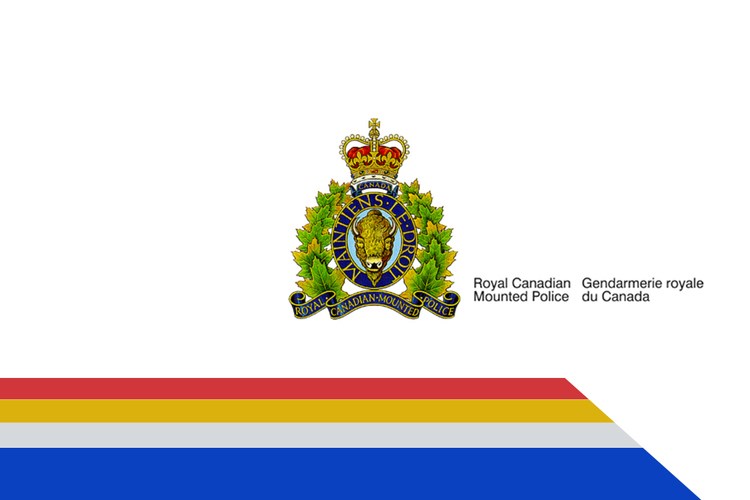The Alberta RCMP, alongside the Canadian Red Cross and the Lifesaving Society, highlighted some key tips to stay safe on the water after multiple fatal drownings in northern Alberta occurred during the August long weekend.
“The majority of drowning incidents are in outdoor unsupervised environments like lakes, rivers and ponds, and that’s because of those unexpected elements like weather, underwater hazards, that sort of thing,” said Madison Lalonde, a spokesperson for the Lifesaving Society. The Lifesaving Society, a national advocacy group that works to promote water safety awareness, often partners with the RCMP to prevent water-related injury.
In an Aug. 6 release, the RCMP and the Canadian Red Cross reminded swimmers of all levels that it is important to keep in mind that looks can be deceiving on the open water and it’s often difficult to properly perceive distance.
“It is really important that you are checking the weather before you go out for a day on the beach or out on your boat,” said Lalonde. “Be prepared but also know your limits.”
Weather plays a large role in the way that open water acts as well as the visibility of the surrounding area.
The RCMP recommended that Albertans always have a plan before heading to the beach and out into the water.
It’s no secret that Alberta’s weather can change from minute to minute, and Lalonde said it’s important to remain aware and flexible with plans.
“If it's starting to get a bit too choppy and it looks like it's going to rain, that’s when you come in,” said Lalonde.
Lifesaving measures
The Lifesaving Society supports the RCMP’s message to avoid mixing alcohol and play around water, as, “Alcohol and drugs can impair your judgment, and they can also increase the effects of the sun.”
The Canadian Red Cross reminded the public that it’s important to remember that simply keeping a life-jacket nearby is not enough.
Lalonde highlighted the key components of a good life jacket: bright colours, Transport Canada approved and the correct fit and weight class.
Once all the buckles and zippers are done up, Lalonde said to lift the jacket by the shoulders to test its fit.
“It should not go past your chin or your ears,” she said.
Lalonde said that while a lifejacket is crucial, so is the ability to swim. According to the society’s data, many drownings take place when a person has an unexpected fall into water.
“Learning how to swim is an imperative life skill. It can save your life,” said Lelande who advises that everyone should at least know the Swim to Survive Standard. ‘If you’re able to tread water for one minute and swim 50 metres, you’re more likely to survive an unexpected fall into water.”
As an extra safety precaution, the Canadian Red Cross recommended bringing a friend when going out on the water. The RCMP said it's important to have backup when things go wrong.
“Typically the two demographics that we see drowning the most when it comes to fatal and non-fatal drowning are young children and adult men.”
Lalonde said children should never be left alone in the water. Leaving a child with water toys of any size does not replace the security provided by active supervision; being able to hear, see, and touch the child.
“In Alberta from 2015-2019 — that’s our most recent drowning report — 100 per cent of drownings in children under five were due to lack of supervision or distracted supervision.”
For more information on water safety, Lalonde said to check out the Lifesaving Society’s website at www.lifesaving.org.



